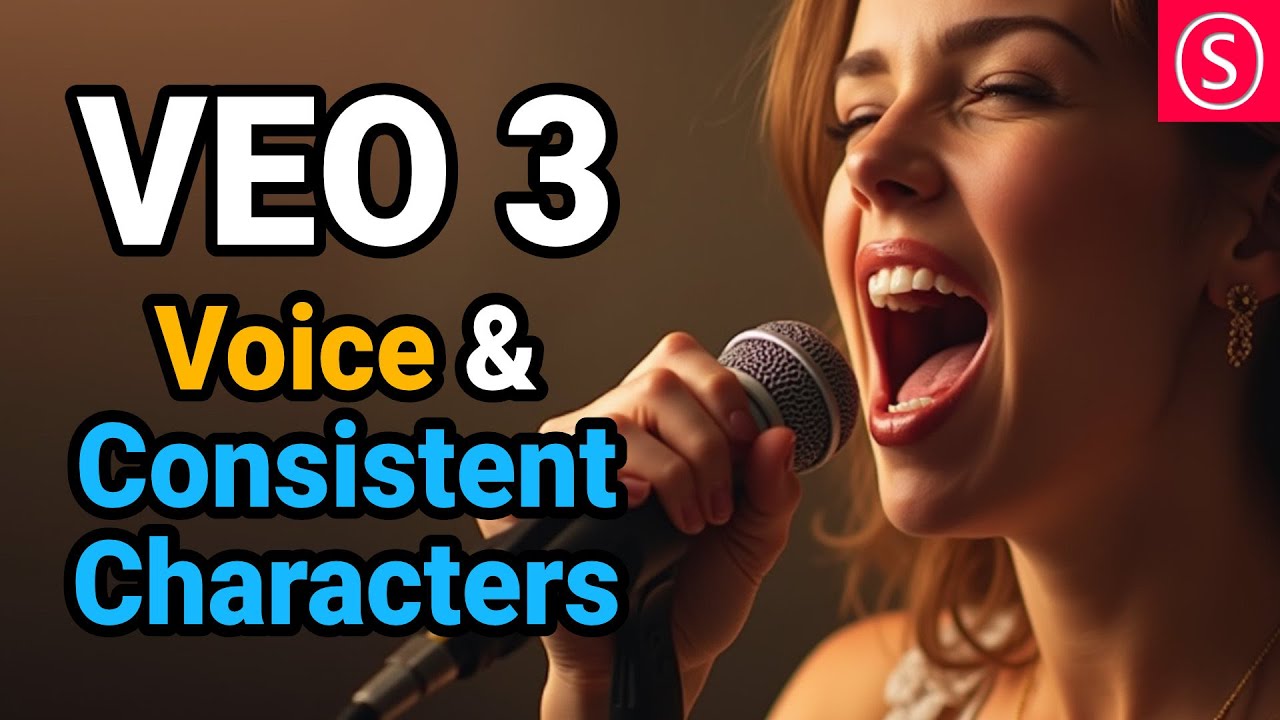The video reviews the beta feature VO3 in the AI tool Flow, which animates images into videos with synchronized speech and sound, highlighting its potential for creating dynamic, character-consistent content despite some voice assignment limitations. It showcases creative workflows combining multiple AI tools to produce polished animated films, encouraging viewers to explore these technologies for innovative digital storytelling.
The video introduces a new feature in the AI tool Flow, called VO3 or Frames to Video, which allows users to animate images into videos with synchronized speech and sound effects. The presenter begins by showcasing a fascinating example of generative AI art created from mathematical formulas, highlighting the beauty and complexity achievable with AI-generated animations. This serves as a creative prelude before diving into the main topic of VO3, emphasizing its potential for creating dynamic video content from static images.
VO3 is still in beta and has some limitations, particularly regarding voice consistency across different characters and scenes. While the tool can animate images and generate speech, it does not allow users to assign specific voices to individual characters consistently throughout a video. However, there is a workaround where the system seems to “remember” the voice style used in previous scenes, helping maintain some level of vocal consistency. This feature is demonstrated through a short film by Dave Clark, which effectively combines multiple scenes with coherent character voices and visual styles.
The video also highlights the advantage of using AI-generated images as input for VO3, which ensures high character consistency in terms of appearance and style. Examples from creators like Justine Moore show how starting with a single frame can lead to fully animated scenes with additional characters and voices generated by VO3. This capability allows for creative flexibility, such as changing clothing or settings for the same character, enhancing storytelling possibilities without needing extensive manual input.
Another example discussed is a short film by anmatic e, where multiple AI tools are combined to produce a polished final product. Images are generated with consistent art styles using tools like Flux Context, then animated and voiced with VO3, and finally enhanced with additional sound effects. This multi-tool workflow is praised as a strength, enabling creators to leverage specialized AI tools for different aspects of production, resulting in high-quality videos at a fraction of the cost and effort of traditional filming.
In conclusion, the presenter encourages viewers to experiment with VO3 and the formula-based generative art, emphasizing the creative potential and accessibility of these AI tools. Despite some current limitations, the ability to produce animated videos with voice and character consistency opens new avenues for digital storytelling and artistic expression. The video ends with a call to subscribe to the presenter’s newsletter for more tutorials and updates, inviting the audience to engage and explore these innovative technologies further.
